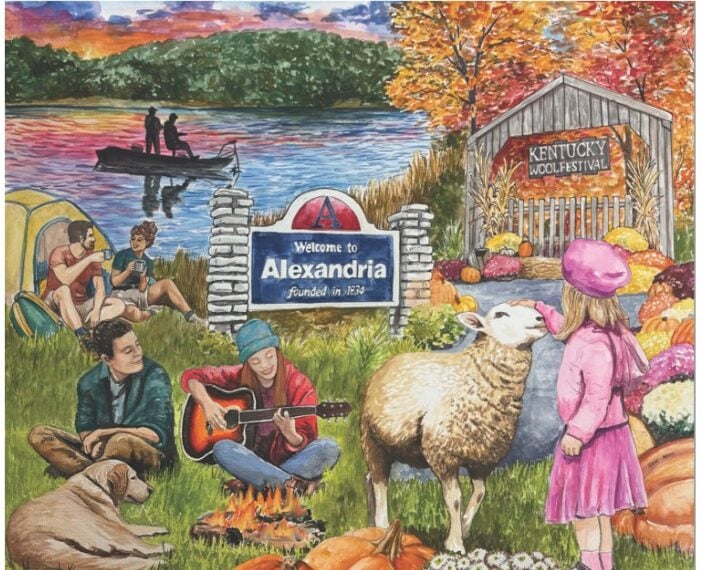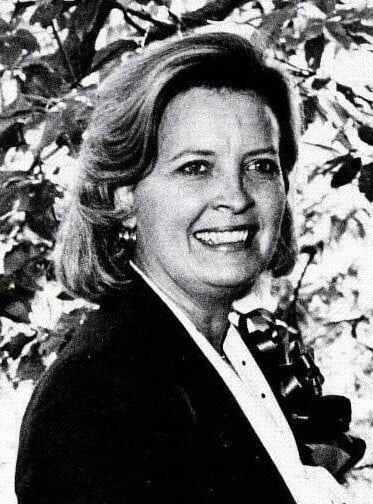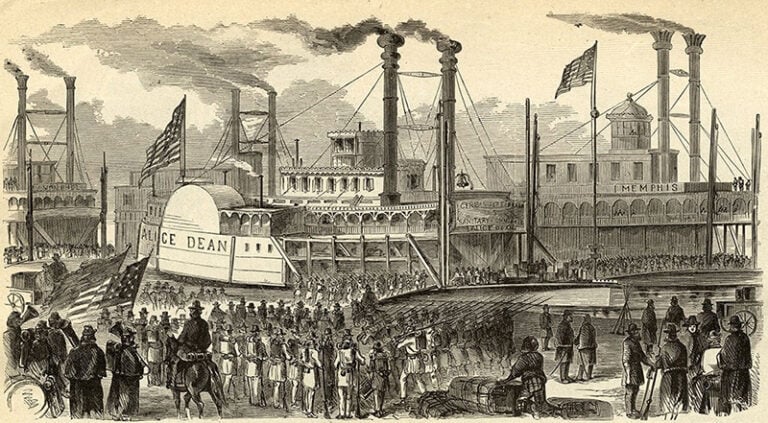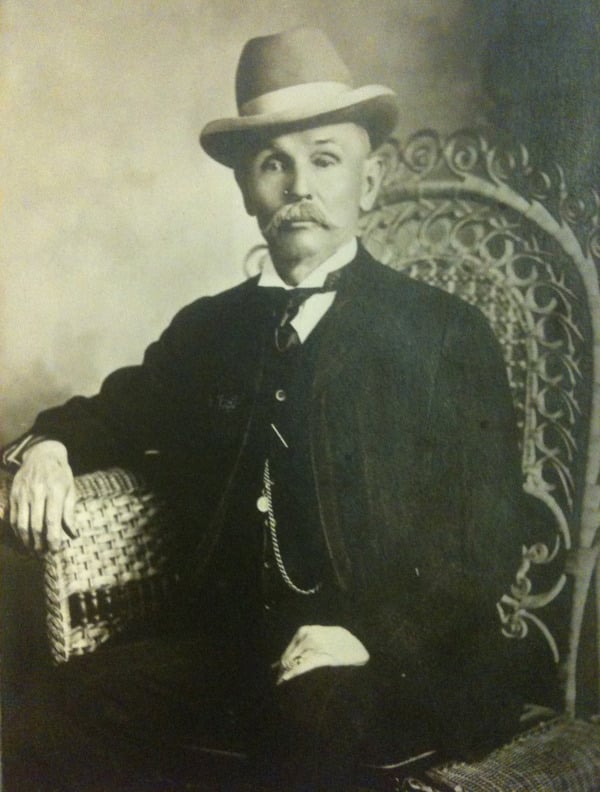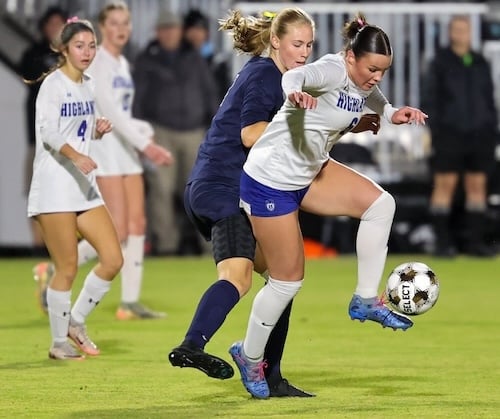• After a covering of ice melts off a small pond it is not unusual to discover that some fish have been killed.
“Small ponds are most vulnerable to winter kills, primarily caused by a depletion of dissolved oxygen due to ice cover preventing the natural exchange of gases between the air and the pond,” explained Jeff Crosby, Central Fisheries District Biologist for the Kentucky Department of Fish and Wildlife Resources (KDFWR). “The depletion can be amplified by decaying plant matter under the ice. All fish species in the pond will be vulnerable to these kills.”
Generally, oxygen-related winter kills don’t occur in larger lakes, but Crosby said in lakes with shad populations, it is common to see die-offs of shad after these cold snaps because of extended periods of low water temperatures.
“Usually, water temperatures dropping below 40 degrees can cause shad to become stressed and eventually succumb to the cold conditions. I am expecting a few calls this winter/spring concerning die-offs of shad in some of our lakes.”

• After an eight-year absence, brown trout are once again being stocked annually in Laurel River Lake.
“In mid-April 2024 6,000 eight-inch brown trout were stocked at the Holly Bay Campground ramp,” said Marcy R. Anderson, Southeast Fisheries District Biologist for the KDFWR. “The lake will be stocked with 6,000 brown trout in 2025.”
Laurel River Lake is southwest of London, in Laurel and Whitley counties. At summer pool, the deep, cool-water lake is about 5,600 surface acres.
Anderson said brown trout were previously stocked in Laurel River Lake yearly from 1995-1999, with the total number of four to 10-inch fish stocked each year ranging from 9,350 to 46,375.
“There were additional brown trout stockings in 2001, 2003, 2007, 2014, and 2016, and the sizes and numbers stocked were highly variable,” said Anderson. “Historically, brown trout stockings in Laurel were not necessarily planned and it would depend on having surplus fish available, and then it would get stocked.”
She added that “the current brown trout stockings are planned, and we plan to continue these stockings going forward.”
• Fishing, hunting and wildlife-related activities continue to be a major socio-economic force in Kentucky.

During 2022, the most recent year of a national survey, it was estimated that more than 4.3 million people spent $11.2 billion on fishing, hunting or wildlife watching activities in Kentucky during the calendar year. Nearly two million visitors to the state engaged in these activities. Among Kentucky residents age 16 or older, 660,000 (19%) fished, 316,000 (9%) hunted, and 2.5 million (71%) actively observed wildlife in 2022. Many participated in more than one activity.
“I’m very pleased to see strong participation in wildlife-related activities continue,” said Rich Storm, KDFWR commissioner. “Healthy fish and wildlife populations are vital for keeping the fabric of our wonderful commonwealth strong. They directly contribute to our quality of life and livelihood in so many ways, from providing healthy activity and food, to supporting the manufacture and sales of outdoor equipment, vehicles and fuels.”
Hunters and anglers sustain KDFWR programs through the licenses and permits they purchase, and grants funded by excise taxes on fishing, hunting and shooting equipment. Retail expenditures by anglers and hunters on equipment, supplies, lodging, and fuel support more than 28,000 jobs in Kentucky.
The National Survey of Fishing, Hunting and Wildlife-Associated Recreation has been typically conducted every five years since 1955. The survey is made possible by grant funding from the Wildlife and Sport Fish Restoration Program, administered by the U.S. Fish and Wildlife Service in conjunction with the Association of Fish and Wildlife Agencies (AFWA).
• Lake winter and early spring offer some of best trout fishing opportunities in Kentucky’s lakes and streams.
There are 15 seasonal catch and release trout streams:

• Bark Camp Creek – Whitley County
• Beaver Creek – Wayne County
• Big Bone Creek – Boone County
• Cane Creek – Laurel County
• Casey Creek – Trigg County
• Clear Creek – Bell County
• East Fork, Indian Creek – Menifee County
• Elk Spring Creek – Wayne County
• Floyds Fork Creek – Jefferson County
• Gunpowder Creek – Boone County
• Left Fork, Beaver Creek – Floyd County
• Otter Creek – Meade County
• Rock Creek – McCreary County
• Swift Camp Creek – Wolfe County
• Trammel Creek – Allen County
The catch and release season on these streams begins on October 1 and runs until March 31, except for Swift Camp Creek in the Red River Gorge National Geological Area. The catch and release season on this stream closes May 31.
Special regulations are in effect on these streams. After the catch and release season ends, anglers may creel their catch, according to statewide regulations.
In an article in the winter edition of Kentucky Afield magazine Lee McClellan detailed the seasonal catch and release trout stream program and advised anglers not to overlook Hatchery Creek, below Wolf Creek Dam, which impounds Lake Cumberland.
“Although not a seasonal catch and release stream, the late fall and winter months are arguably the best time to fish Hatchery Creek in Russell County,” wrote McClellan. “Wolf Creek National Fish Hatchery pumps thousands of trout each month into the stream.”
Another option for trout fishing in the late winter and early spring is the Fishing in Neighborhoods (FINs) program. These small lakes provide anglers with quality fishing opportunities close to cities of all sizes throughout the state.
The program currently includes 45 lakes statewide, many of which are stocked with rainbow trout during cool water months.
For complete information on trout fishing consult the KDFWR website.












